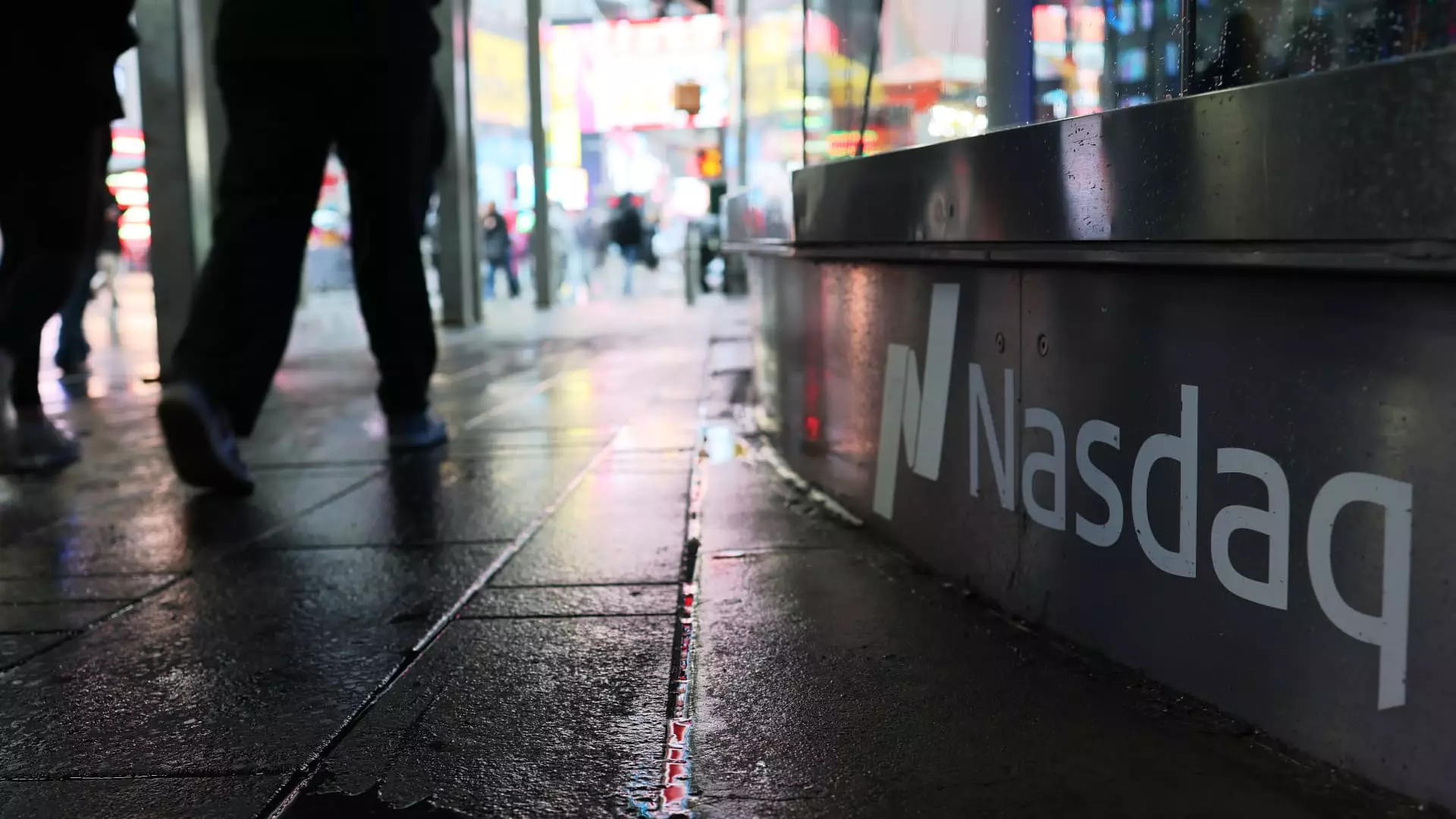The current financial landscape appears dazzling, with markets flirting with record highs and investors basking in the glow of rapid gains. However, beneath this shimmering surface lies a troubling complacency that could spell disaster in disguise. The relentless climb, driven by exuberance and perhaps irrational optimism, masks underlying fragility. Overconfidence breeds a dangerous disconnect from reality—many believe that these gains are sustainable, that the economy is infinitely resilient. Yet, history repeatedly demonstrates that such confidence often precedes downturns. The illusion of perpetual growth is a trap, convincing investors that the good times will continue forever, when in fact, the market’s peaks are often followed by sharp corrections.
Overvaluation and Technical Excess
One of the most insidious dangers currently lurking is the overvaluation of key sectors, particularly in technology and growth stocks. These have been propelled upwards not solely by economic fundamentals but also by technical trading patterns and herd mentality. Technical indicators point toward overbought conditions, signaling that stocks might be due for a correction. The risk is compounded by the complacency surrounding the upcoming trade deadline and shifting Federal Reserve policies, which are viewed as predictable but may in fact act as catalysts for sudden volatility. Investors seem to have baked in a scenario of stable tariffs and interest rates, yet these assumptions are fragile and susceptible to disillusionment. If the market suddenly reassesses these expectations, it could trigger a swift and severe adjustment.
The Danger of Herd Mentality and Speculative Frenzy
What worries me most about the current market is the herd mentality that has taken hold among retail investors. Fueled by easy access to information and trading platforms, many are entering the market based on recent gains rather than solid fundamentals. This speculative frenzy creates a dangerous bubble that is more fragile than it appears. Excessive valuation multiples and the expectation that growth can be stacked forever make the entire system vulnerable to shocks. In a scenario where trade tensions escalate or Federal Reserve policy shifts unexpectedly, these overextended positions could unravel rapidly, unleashing chaos into what’s currently perceived as a resilient market.
International Opportunities Amid U.S. Overconfidence
Despite this apparent overinflation at home, opportunities abroad beckon, though they are often overlooked by mainstream investors. International markets, while expensive by traditional valuation metrics, remain relatively undervalued compared to their U.S. counterparts. A long-term perspective reveals that these regions could provide valuable diversification and growth, especially as U.S. equities teeter on the brink of exhaustion. Yet, the notion of venturing outside the familiar borders is met with skepticism, as many are caught up in the intoxicating narrative of the American dream fueled by domestic tech giants. This narrow focus risks missing out on the global renaissance that could serve as a counterbalance when the inevitable correction arrives.
The Wake-up Call for Cautious Investors
My critical stance is rooted in the belief that investors should approach current exuberance with skepticism rather than blind optimism. It’s imperative to reassess asset allocations and prepare for potential downturns, not because doom is certain but because overconfidence makes us vulnerable to surprises. The signs are there—valuations are stretched, technical signals are flashing red, and collective complacency is clouding judgment—yet many remain blind to the risks. Those who maintain balance and cultivate a more realistic view of the market’s vulnerabilities will be better positioned to navigate the storm when it inevitably emerges. Instead of riding the wave of buoyant markets, prudent investors should recognize the warning signs of an overextended system and act accordingly.

